These crystals go by several names including hydrogel, sodium polyacrylate, polyacrylate absorbents, or in Pamper's FAQ as Absorbent Gel Material AGM and can absorb a significant amount of liquid given their smaller size. We think the use of biodegradable materials or the claims of biodegradability of a disposable diaper is relevant. Did you know that human feces aka. Though Dr. Phthalates are not tightly chemically bonded to the plastic, and as noted in the Pediatrics paper cited below, "are therefore continuously released into the air or through leaching into liquids. Best Convertible Car Seats of If you notice gel-like material on your baby's skin, don't be alarmed. The Seal of Cotton and cotton enhanced are trademarks of Cotton Incorporated. In this article we'll try to answer those questions. Spurrier notes, emphatically, that if she knew then what she knows now about disposable diapers, she would have chosen cloth diapering for daytime use, and used a green disposable for overnight. Manufacturers recommend just wiping it off. Your baby may be fine overnight with their regular diaper, but if you notice frequent leaks, you may want to switch to an overnight diaper. But, figuring out which ones do is a challenge, since US law does not require disclosure of Phthalates.
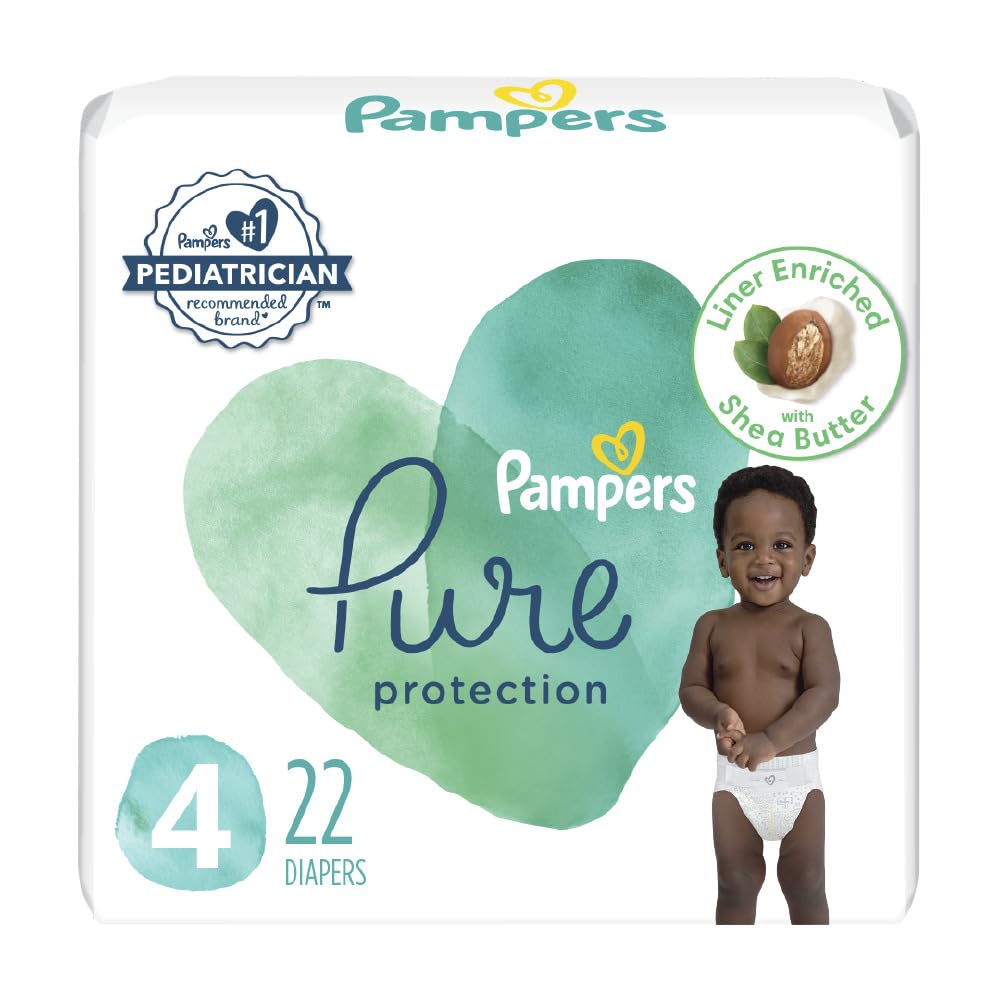
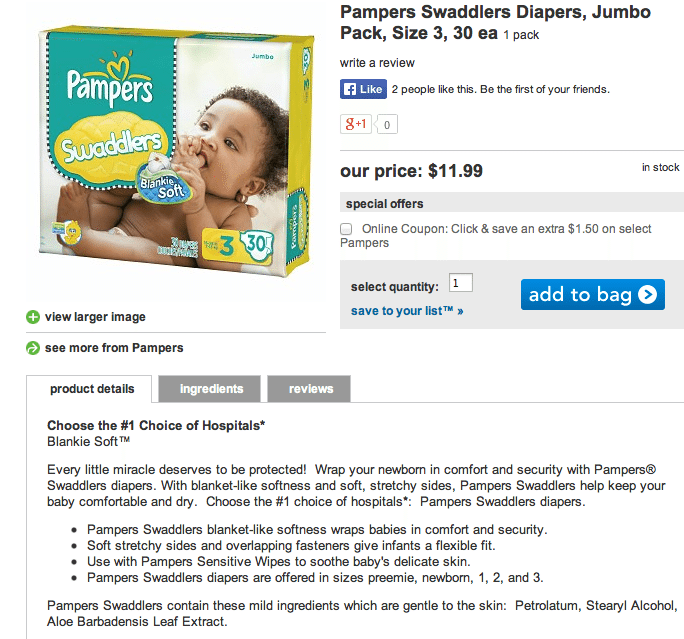
These dioxins accumulate in our bodies and can be passed to a baby through breastmilk. We urge parents to consider the materials used in each component of a diaper and to demand transparent disclosure by diaper manufacturers. Discard any torn or unsealed diaper, or any loose pieces of the diaper. Pampers Baby Dry Diapers Size 3, lbs Products in this Consumer Product Information Database CPID are classified based on their composition: Substances: single chemicals Preparations: products which contain chemicals that can be easily separated during normal use Articles: products or product assemblies that do not contain chemicals that can be separated out from the product or assembly under normal or advertised use. SAP is claimed to absorb up to x its weight in water and retain it. Log in Sign up.
Description
And, like avoiding chlorine in diapers, avoiding perfume in diapers is easy and painless. In other words, while it may not take the postulated years to degrade, it could still take a considerable amount of time longer than your baby's lifetime. By , the popular Rely tampon was linked to an uptick in Toxic Shock Syndrome incidents and was recalled. The freshest in parenting this week, delivered to your inbox. The secret sauce inside disposable diapers since the mids has been SAP. But first, a couple of quick tips: Try before you buy. Indicates country where product is sold. What one manufacturer calls a pigment, might be called a colorant by another. Manufacturers recommend just wiping it off. Manufacturer Information. By Babylist Staff. Pampers Baby Dry Diapers Size 3, lbs Products in this Consumer Product Information Database CPID are classified based on their composition: Substances: single chemicals Preparations: products which contain chemicals that can be easily separated during normal use Articles: products or product assemblies that do not contain chemicals that can be separated out from the product or assembly under normal or advertised use.
Pampers Ingredients and Safety Questions | Pampers
- Babies go through over 2, diaper changes in the first year.
- Phthalate sources are not limited to some diaper liners, but are in a broad range of "plastic products such as children's toys, lubricants, infant care products, chemical stabilizers in cosmetics, personal care products, and polyvinyl chloride tubing.
- Plus, our designer, boutique prints make Pampers Pure just as precious as they are protecting.
- The outer layer is waterproof to prevent leaks.
- Description Your search for pure protection that works is over!
This article is part of our review of The Best Disposable Diapers. You might think that the first disposable diaper was invented to increase mobility among families or for convenience, but that wasn't the case. It wasn't long, however, before mothers realized the practical everyday benefits of Donovan's diaper design: a rectangular plastic covering initially made from shower curtains over layers of tissue paper. Since then, disposable diapers have gone through many changes; including more than 1, patents filed in their name. Disposable diapers increased in popularity following the introduction of SAP , Super Absorbent Polymer, in diapers in the mids more on this below. Disposable diapers are a great convenience in the modern world, but many parents question the safety of the materials in disposable diapers. Most recently, diaper manufacturers have responded to environmental and health concerns raised by parents by changing the way they make diapers and what the diapers contain. There is a trend toward greener and more biodegradable disposable diapers, which we view as a step in the right direction. However, we're not out of the woods yet and depending on which brand of diaper you choose, the risks and impact can vary. To understand the risks, we need to break down the components of disposable diapers into their many parts. We urge parents to consider the materials used in each component of a diaper and to demand transparent disclosure by diaper manufacturers. A summary of the essential diaper components is below. Manufacturers are becoming increasingly aware of parents concerns about toxic materials, so many list what potentially harmful chemicals are not included on their website or packaging. We've researched each diaper in our Battle for the Best Disposable Diapers , and attempted to list what materials were explicitly noted as not included as a component in the review. Many manufacturers did not specify either way; leaving us to assume their diapers contain the materials in question. Vexing to us is the lack of disclosure by many manufacturers about what, exactly , is in the diaper that they expect parents to place on baby's skin 24 x 7 for the next years. We urge you to buy from manufacturers who offer complete transparency in their diaper ingredients. It is safer to buy from manufacturers who are not afraid to disclose their ingredients. The biggest brands, Huggies and Pampers, are often considered the most guilty on this score, but they are far from the only manufacturers who limit their disclosure of materials.
Products in this Consumer Product Information Database CPID are classified based on their composition: Substances: single chemicals Preparations: products which contain chemicals that can be easily separated during normal use Articles: products or product assemblies that do not contain chemicals that can be separated out from the product or assembly under normal or advertised use. The GHS is a system for standardizing and harmonizing the classification and labelling of chemicals. Chemicals are associated with codes that define their health, physical and environmental hazards. This universal hazard communication system was developed to ensure ingredients in pampers diapers employers, employees and consumers are provided with adequate, practical, reliable and comprehensible information on the hazards of chemicals, so that they can take effective preventive and protective measure for their own health and safety. The GHS classifications for chemicals associated with products in this database may be viewed by selecting the "Advanced" button on the Chemical Ingredients tables, ingredients in pampers diapers. Since this is a work in progress, GHS classifications may not be shown for all chemical ingredients. Chemical Abstracts Service Registry Number is a unique identifier for a chemical and its synonyms. CAS numbers identify the chemical, but not its concentration or specific mixture, ingredients in pampers diapers. For more information: www.
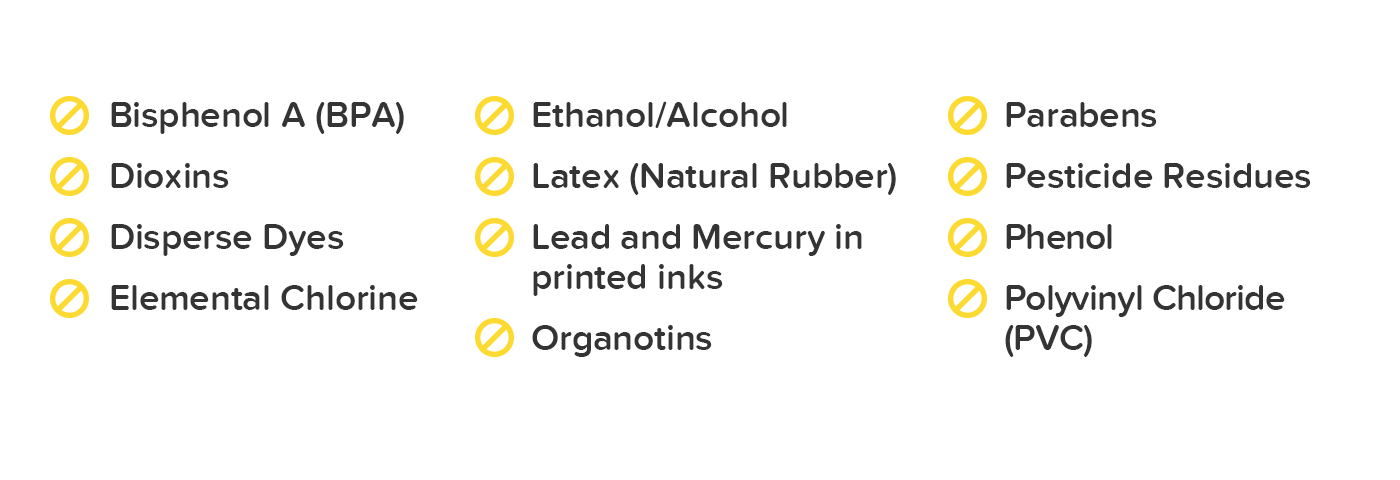
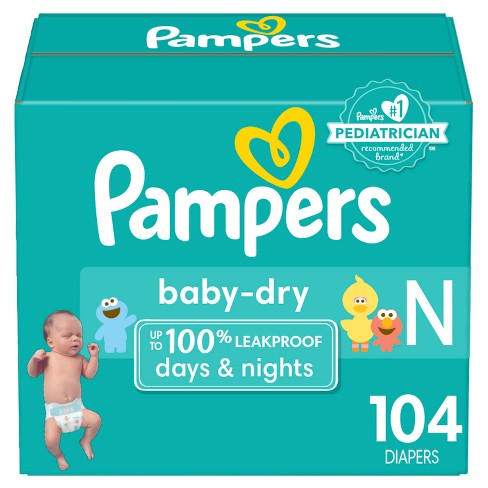
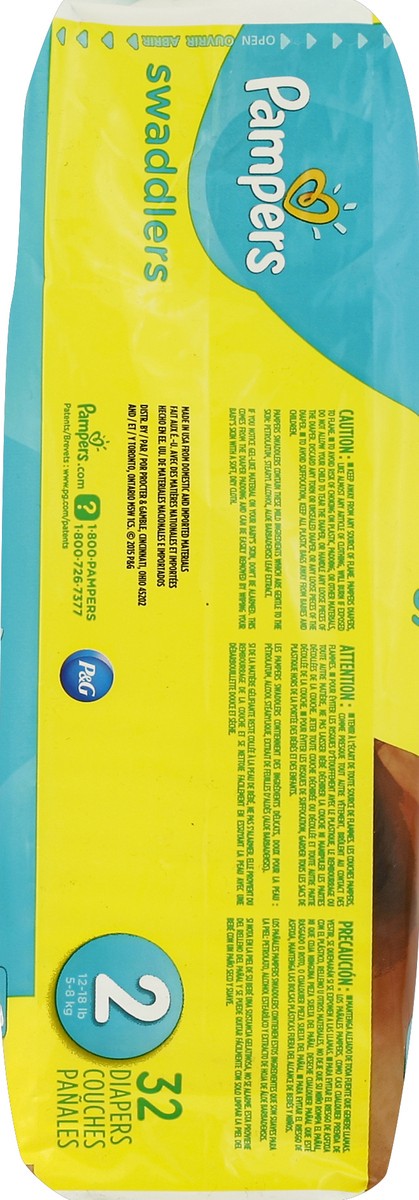
Ingredients in pampers diapers. What Is Inside Those Disposable Diapers?
Skip Ingredients in pampers diapers Content. Add to cart, ingredients in pampers diapers. Nearby stores View store map. Description Your search for pure protection that works is over! Designed to help skin stay dry and healthy, Pampers Pure Protection diapers lock wetness away from skin for up to 12 hours for outstanding leakage protection with skin-loving care. Plus, our designer, boutique prints make Pampers Pure just as precious as they are protecting. We've thoughtfully chosen all of our ingredients to care for your baby's precious skin. Our exclusive, plant-based liner plant-based and polypropylene blend is enriched with shea butter to help nourish and protect skin while our outercover is enhanced with premium cotton, making Pampers Pure Protection diapers irresistibly soft and breathable. But the ingredients we've chosen to leave out are just as important. That's why Pampers Pure Protection diapers are free of elemental chlorine, fragrance, parabens, and latex natural rubber and ingredients in pampers diapers hypoallergenic. The Seal of Cotton and cotton enhanced are trademarks of Cotton Incorporated. Nutrition and ingredients. Allergens and safety warnings Keep away from any source of flame. Pampers diapers, like almost any article of clothing, will burn if exposed to flame. To avoid risk of choking on plastic, ingredients in pampers diapers, padding, or other materials, do not allow your child to tear the diaper, or handle any loose pieces of the diaper.
Arrgh! The Mystery Ingredient May Be Toxic
Babies go through over 2, diaper changes in the first year. And if you stand in the diaper aisle for long enough, it might seem like you could choose a different diaper for each of those changes. There are Swaddlers and Pure and Overnights. How are you supposed to know which one your baby needs in this moment?
It is unclear to us that any of the diapers that claim biodegradability are actually in compliance with the FTC's legal definition of breaking down in one year. One of the most popular diaper choices for newborn babies, Pampers Swaddlers are super soft and designed with a special liner that wicks wetness ingredients in pampers diapers from skin. In the left photo, you see a small pile of white SAP crystals from a diaper's absorbent core.
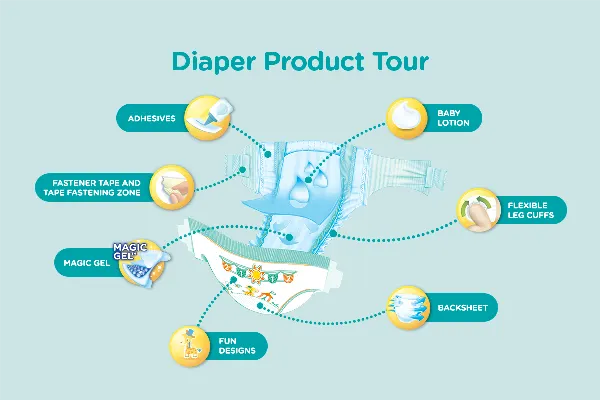
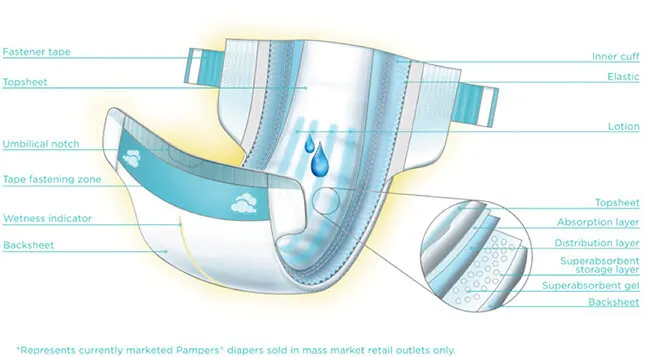
Newborn Diapers: Pampers Swaddlers for Babies with Sensitive Skin
0 thoughts on “Ingredients in pampers diapers”